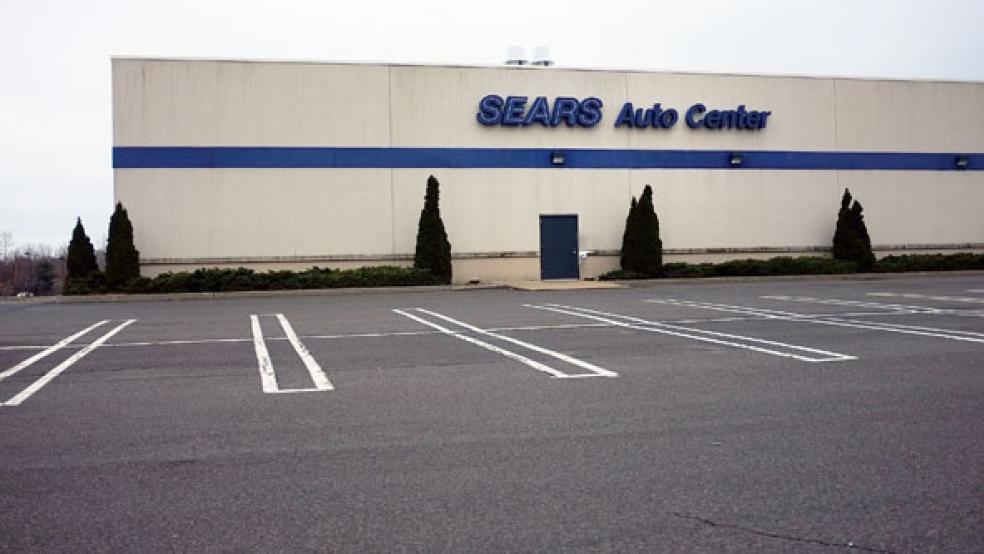Maybe hedge fund managers don’t make the best operating executives.
Certainly, in the last four years that “Eddie” (Edward) Lampert has presided over the fortunes of Kmart and Sears (SHLD), he has seen things go from bad to worse at the struggling retail empire he created back in 2003 and 2004. At first, the deal looked great – he acquired a controlling interest in then-bankrupt Kmart and, after that chain emerged from bankruptcy, orchestrated a merger with Sears. The creation of the new retail entity made Lampert the first hedge fund manager to earn $1 billion, according to Institutional Investor magazine, thanks to the 69 percent jump in the value of his ESL Investments fund. And Lampert garnered comparisons to another bargain-buying great, Warren Buffett.
These days, however, Sears is providing Lampert with nothing but headaches. Even before the official end of the holiday sales season, the company announced yesterday that it plans to shutter as many as 120 of its worst-performing stores. Not surprisingly, the announcement caused the stock to nosedive 27 percent yesterday, reaching its lowest level in three years.
A share price that is suddenly discounted by that much still doesn’t turn the company’s stock into a blue light special, as many other retailers have shown. Analysts pointed out repeatedly on Tuesday that Sears has neglected its stores and will have a hard time luring shoppers away from the likes of Target (TGT) and Walmart (WMT).
Even without Sears, though, investors have plenty of options when it comes to snapping up retailing stocks at relatively affordable prices. Even some of those that face big hurdles ahead have the kind of clear strategic plan that Sears doesn’t seem to possess – The Gap (GPS) falls into this category – or are simply so large and resilient, with such a global reach, that it seems foolish to bet against them (that would be Walmart, despite its relatively rather sluggish growth in same-store sales.)
Indeed, buying retail stocks is a bit like shopping itself these days. There are a handful of seemingly great deals that you might want to avoid altogether, like that 32-inch flat-screen television priced at only $200 but with a brand name you’ve never heard before and that consumers say delivers horrible sound quality. And perhaps there are a handful that are positioned to appeal only to the top 1 percent of the top 1 percent, like fancy pink diamond tennis bracelets or couture clothing. But the quest is all about value – finding a solid, if not spectacular value offered up by a recognized brand name. And those stores that focus on delivering value – whether it’s to the upper middle-class in search of a cashmere sweater at Saks (SKS) or a fashion-forward teen shopping the trends at Abercrombie & Fitch (ANF) and H&M or a family of four trying to snag a new microwave at Target – will be the ones that capture both consumer and investor dollars.
That means paying attention to same-store sales trends. We’ll get our first glimpse of how those panned out for most retailers in the first week or 10 days of January, as a variety of providers track aggregate forecasts and the retailers themselves begin announcing or discussing their quarterly earnings. In November, industry-wide sales climbed 3.1 percent, according to the Thomson Reuters Same Store Sales Index; that figure is likely to be higher for December and for the fourth quarter as a whole, analysts believe.
Sears, for now, is an anomaly. While it makes sense to be cautious and shop for value in the retail sector, and to keep an eye on macro factors like unemployment levels and consumer confidence indicators that affect shoppers’ willingness to open their wallets and spend, there’s no reason why investors shouldn’t wrap up their holiday season with a few well-researched and value-priced purchases for their own portfolios.






